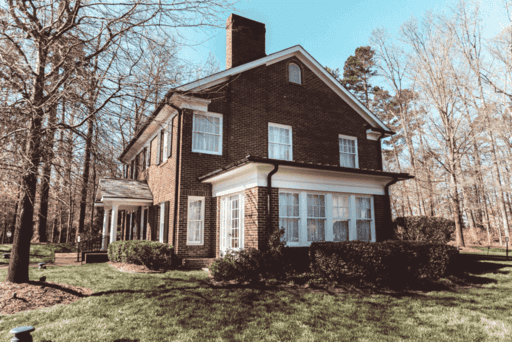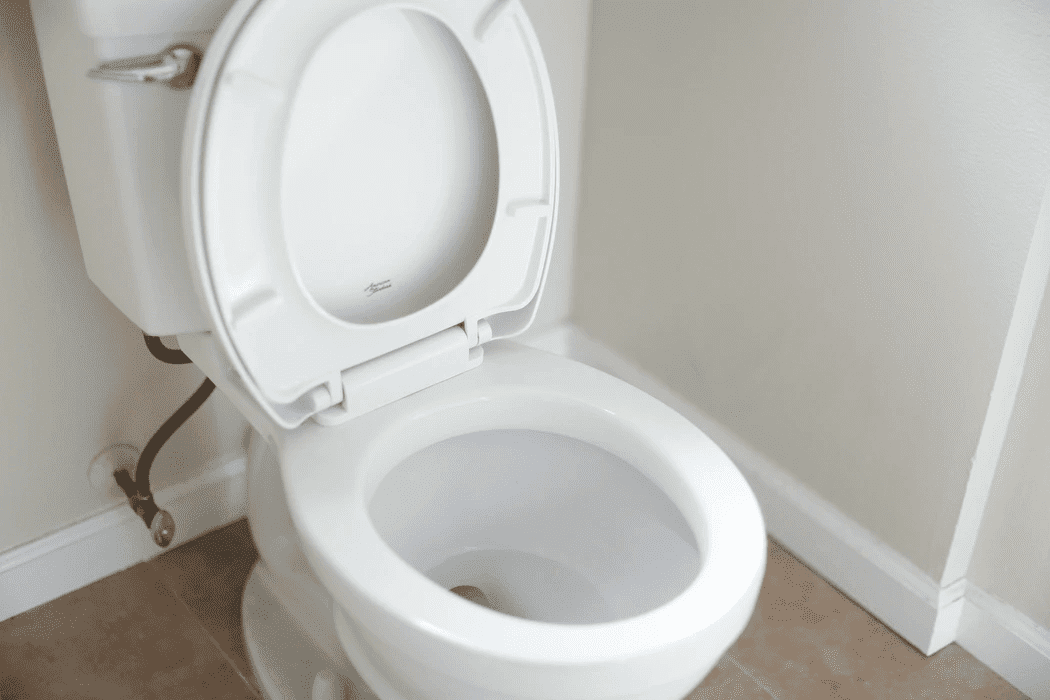Not all homes can take advantage of high-efficiency plumbing solutions like low-flow toilets, which are designed to reduce water consumption. Older homes were designed with the assumption that a toilet flush would need three gallons of water to carry away waste. Low-flow toilets use about half that water (1.6 gallons) to accomplish the same task, thereby helping you save water.
In short, installing a low-flow toilet will help you save thousands of gallons of water every year. Of course, that also results in huge savings, money-wise, as your water bill will go down drastically.
However, replacing your flush toilet with a low-flush one isn’t always straightforward, especially in older homes. So let’s dive into the considerations you need to make to upgrade to a low-flow toilet in an older home.
Challenges of Older Homes and Low-Flow Toilets
Installing a low-flow toilet into your older home isn’t a matter of plug-and-play. There are a few factors to consider for your successful toilet upgrade. Here are the most common ones:
Pipe Slopes
One of the challenges in older homes is the waste drain beneath the toilet. It needs to have a 1/8-in to 1/4-slope per foot of water required to carry solid waste to the sewer system. If the slope is level or too steep, the water flow will be negatively affected. This may end up resulting in water build-up or clog the lines.
Most Systems Are Capable
While most homes have plumbing that will support low-flow toilets, there are a couple of warning signs that can indicate your system may have problems:
- Your current toilet backs up occasionally, even when solid waste wasn’t flushed. This problem could be the result of a clogged waste line.
- You can see standing water in the waste line when the toilet is lifted off the floor so you can check the drain.
The savings you make from installing a low-flow toilet are worth the minor challenges you may have to overcome to get your new toilet working. So take the plunge and upgrade your toilet.
Considerations to Make When Installing a Low-Flow Toilet
Sold on the idea of water conservation by installing a low-flow toilet? Here are a few considerations to make as you install your new toilet:
Low-Flow Toilets and Old Pipes – It Might Not Work
Before installing a low-flow toilet in an older home, you must also consider upgrading your plumbing system. These will help your toilet more efficiently get rid of waste with minimal water pressure and flow.
One of the upgrades you should consider is using PVC piping to handle the low flow better and reduce the chances of waste clinging to the piping. That’s because the low-flow toilet/old pipes combination might not give you the best results.
However, if you’d prefer to keep the older cast-iron pipes, you can’t rely on gravity to help flush away solid waste. To do so, you may have to install a pressure-assisted low-flow toilet. This “boosts” the flush using pressurized air in the toilet tank. The only caveat to pressure-assisted toilets is they can be expensive. They can also be quite noisy.
Maintenance and Care

When it comes to maintenance, ensure you only use parts recommended by the manufacturer.
Ready to Upgrade to a Low-Flow Toilet?
If you’re ready to install a new toilet, go ahead and get in touch with us at 760-327-8718. We’ll be more than happy to assist—any time of day.


